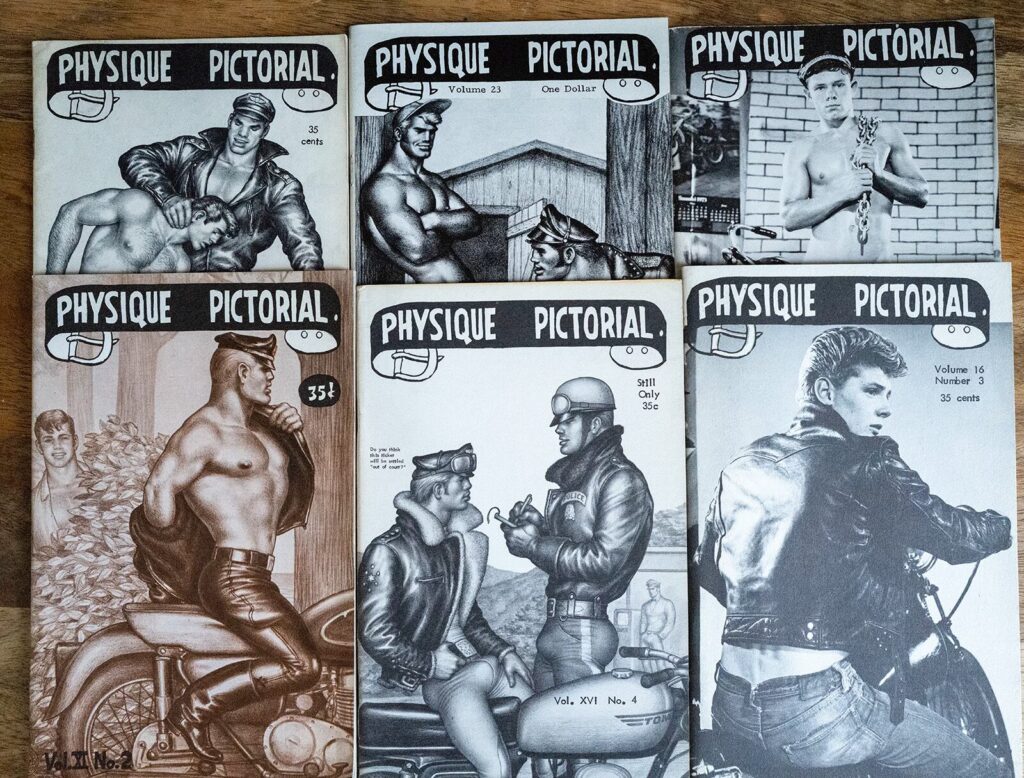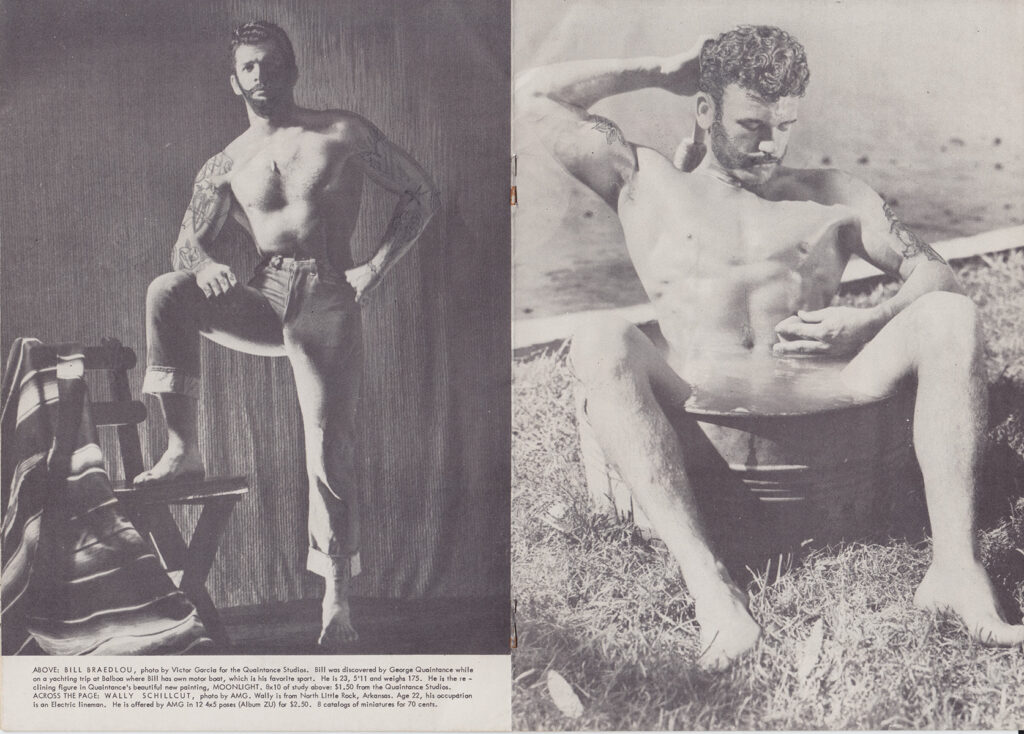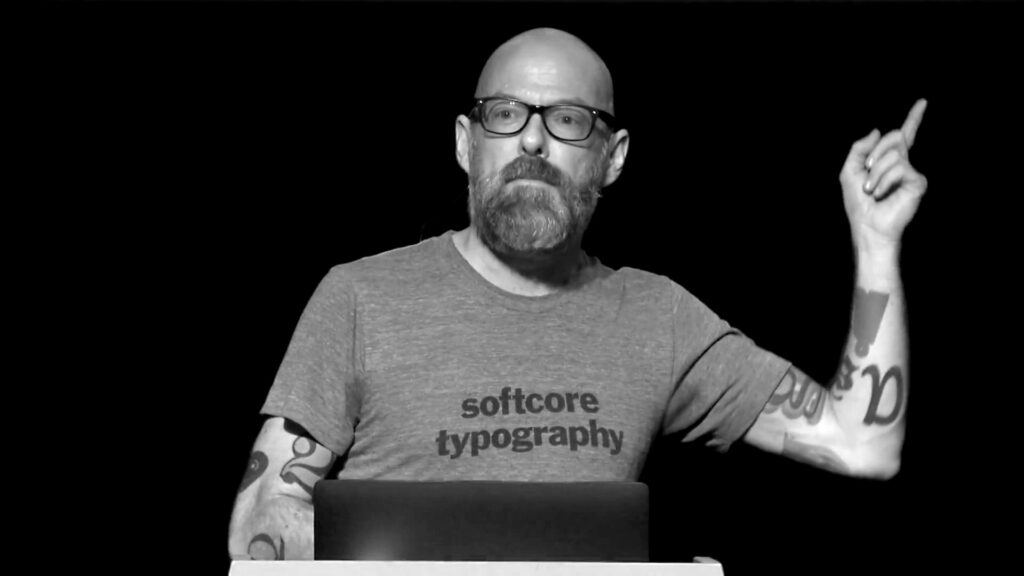Since the inspirations for Bijou typefaces (so far) come from the research I have been doing into the history of gay magazine publishing, I get particularly excited when my typefaces are used for projects with a bit of queerness to them.

So happily, the first use of Buckram by anyone besides me was for Brief Encounters: Queer Instant Photography, a small photography exhibit at a gallery here in Portland. When one of the artists, Michael Espinoza, reached out to me about using Buckram for gallery labels and some related text pieces, I was more than to help out. Perfect conceptual alignment!
It’s always useful to see someone else use one of my typefaces for the first time, since I get a better sense of how well it really works after being so close to it for the long stretches of time it takes to finish a typeface. It’s a huge relief to see someone use it well, and confirm that the design has real potential!























